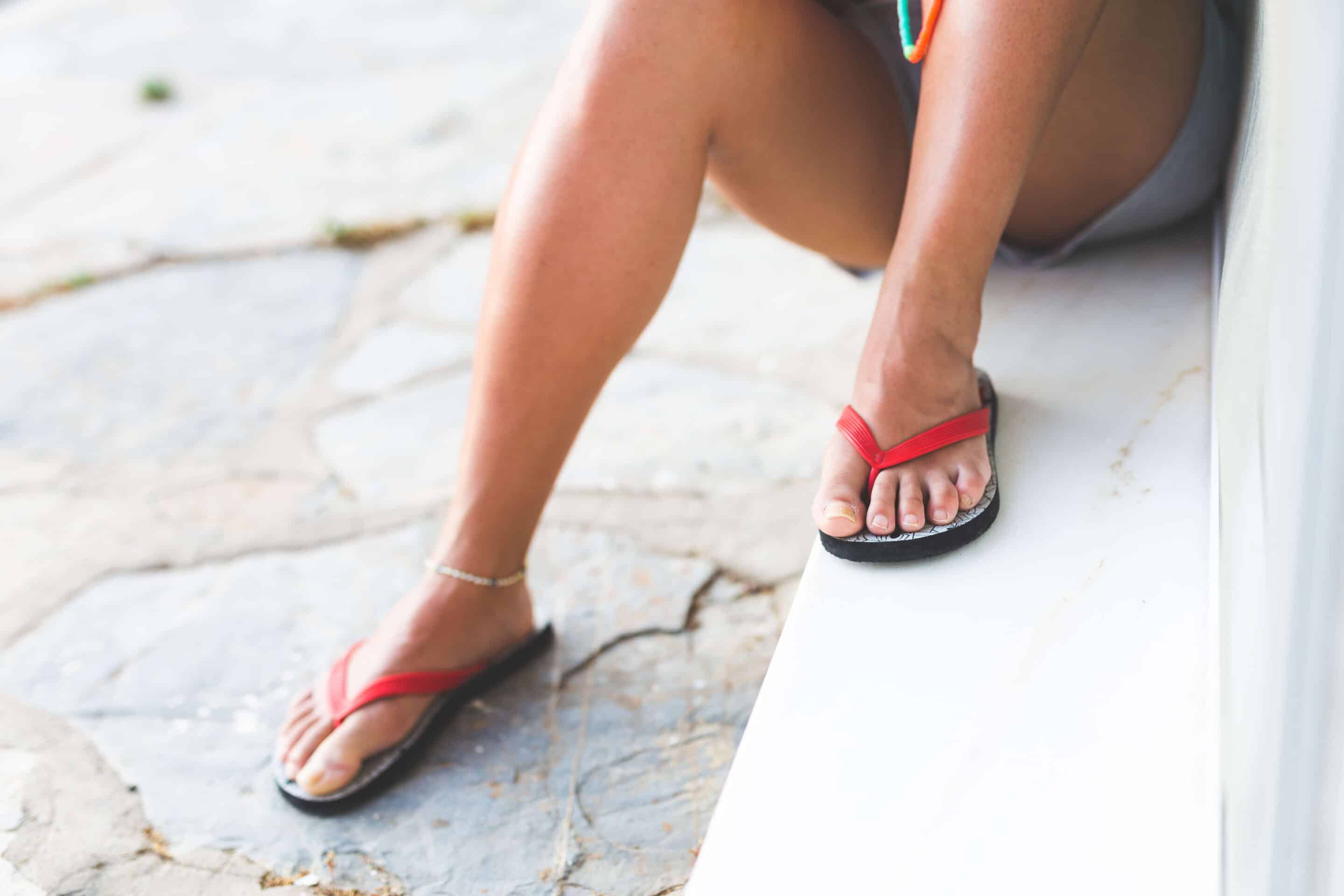Can Flip Flops and Bare Feet Cause Heel Pain?
In Kansas City, the changing seasons influence everything from wardrobe choices to footwear needs. With scorching summers and chilly winters, it’s no surprise that many residents swap out supportive shoes for sandals or go barefoot during the warmer months.
However, this seasonal shift can lead to a noticeable increase in heel pain, particularly during summer and early fall. One major factor behind this trend? The increased use of flip-flops and barefoot walking.

Understanding the Link Between Footwear and Heel Pain
1. The Importance of Proper Foot Support
Most modern shoes are intentionally designed with features like arch support, cushioning, and a slight heel-to-toe drop. These elements play a critical role in shock absorption, distributing weight evenly across the foot, and maintaining proper alignment. Without them, your heels endure far more impact than they’re built for.
Barefoot walking and wearing unsupportive shoes disrupt the body’s natural mechanics. On hard, flat surfaces, the lack of cushioning forces the heel to absorb excessive pressure, which can trigger inflammation and discomfort.
2. How Flip-Flops and Bare Feet Contribute to Heel Pain
One of the main culprits behind summer heel pain is the flip-flop. These lightweight sandals often lack any real arch support. As a result, they put significant strain on the plantar fascia—the band of tissue that runs along the bottom of your foot—potentially leading to plantar fasciitis, a common cause of heel pain.
Additionally, flip-flops change your walking mechanics. To keep them on, many people unconsciously shorten their strides or grip with their toes, resulting in an unstable gait. This misalignment can extend stress up through the heels, knees, and even into the lower back.
Walking barefoot, particularly on hard indoor floors like tile or wood, can have a similar effect. These surfaces provide no shock absorption, intensifying stress on the heel with each step.
Tips for Preventing Heel Pain While Staying Comfortable
- Choose Supportive Footwear: Look for sandals that offer built-in arch support, adequate cushioning, and a slightly elevated heel. Avoid thin, flat options if you plan to walk or stand for extended periods.
- Use Adjustable Heel Straps: Sandals with straps around the heel help secure the foot and encourage a more natural gait.
- Limit Barefoot Walking Indoors: Instead of walking barefoot at home, use supportive house shoes or slippers to reduce heel stress.
- Consider Orthotic Inserts: Whether custom-made or over-the-counter, orthotic insoles can enhance arch support and correct misalignment.
When to See Our Podiatrists
If heel pain lingers despite switching footwear or becomes more intense in the morning or after periods of rest, it may be time to consult our professionals. Additional warning signs include swelling, redness, or difficulty moving the foot comfortably.
Common treatments include:
- Custom orthotics designed to fit your feet and provide long-term support
- Physical therapy and specific stretching routines
- Advanced treatments like shockwave therapy for persistent or chronic cases
Take the Next Step Toward Pain-Free Feet
Heel pain doesn’t have to be a permanent part of your summer. If discomfort is interfering with your daily life, reach out to our team for expert care. Call us today at (816) 455-1155 or request an appointment online to get back on your feet—comfortably and confidently.
